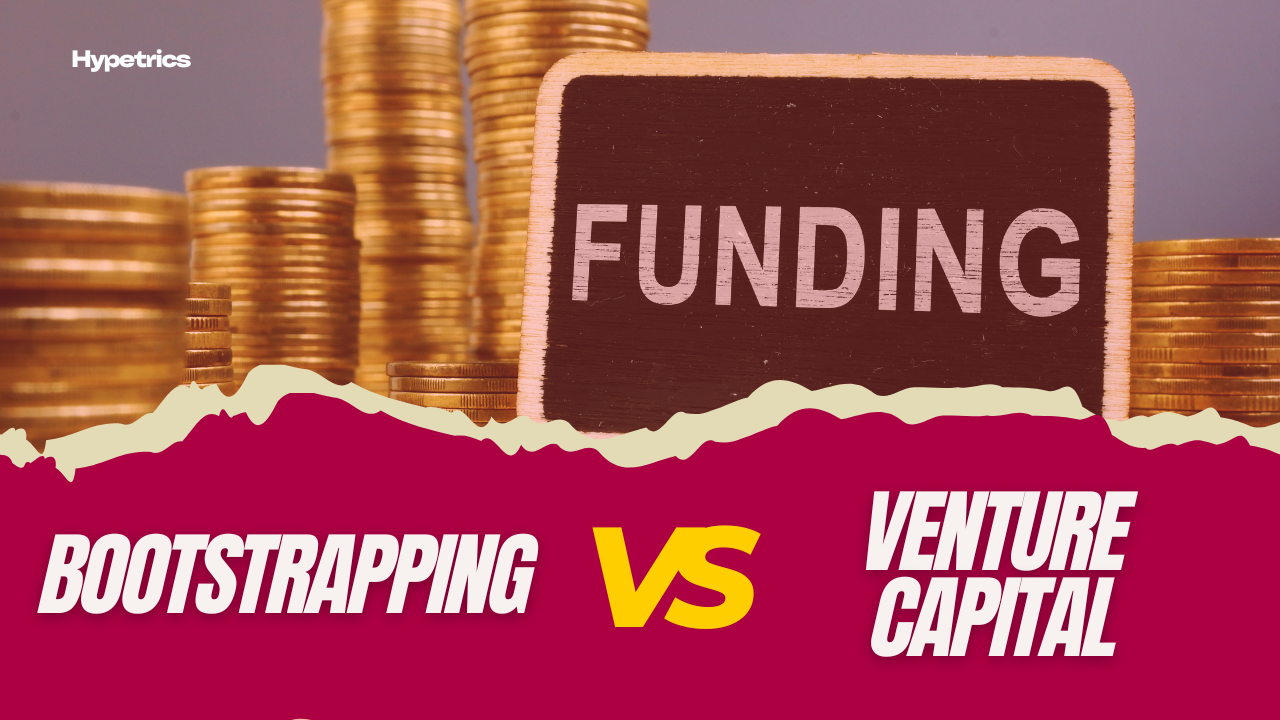In the dynamic landscape of startup funding, entrepreneurs face a pivotal decision: bootstrapping or seeking venture capital (VC). Both paths offer unique advantages and disadvantages, and the optimal choice depends heavily on your business model, market conditions, and long-term vision. In today’s volatile market, understanding the nuances of each approach is more critical than ever. Let’s delve into a detailed comparison of bootstrapping vs. venture capital to help you determine the right path for your startup.
Understanding Bootstrapping
Bootstrapping, in its essence, involves self-funding your startup using personal savings, revenue generated from early sales, and reinvested profits. It’s a strategy rooted in resourcefulness and frugality, allowing founders to maintain complete control over their company.
- Key Characteristics of Bootstrapping:
- Complete Control: Founders retain 100% ownership and decision-making power.
- Financial Discipline: Requires strict budgeting and efficient resource allocation.
- Organic Growth: Focuses on sustainable, revenue-driven expansion.
- Flexibility: Allows for quicker pivots and adaptations to market changes.
- Lower Risk of Debt: Avoids the pressure of repaying external investors.
- Advantages of Bootstrapping:
- Autonomy: You dictate the direction of your company without external pressure.
- Profit Focus: Encourages early revenue generation and profitability.
- Lean Operations: Promotes efficient use of resources and minimizes waste.
- Stronger Customer Relationships: Often requires close interaction with early customers, fostering loyalty.
- Disadvantages of Bootstrapping:
- Slower Growth: Limited capital can hinder rapid expansion.
- Personal Financial Risk: Founders may risk personal savings and assets.
- Limited Resources: May struggle to compete with well-funded competitors.
- Stress and Burnout: Requires immense dedication and long hours.
Exploring Venture Capital
Venture capital involves securing funding from external investors in exchange for equity. VCs typically invest in high-growth potential startups with disruptive ideas and scalable business models.
- Key Characteristics of Venture Capital:
- External Funding: Provides significant capital for rapid growth.
- Equity Exchange: Investors receive a stake in the company.
- Expert Guidance: VCs often offer strategic advice and industry connections.
- High-Risk, High-Reward: Targets startups with the potential for substantial returns.
- Fast Scalability: Fuels rapid expansion and market penetration.
- Advantages of Venture Capital:
- Rapid Growth: Access to substantial capital accelerates expansion.
- Expert Network: VCs provide valuable connections and industry insights.
- Validation: Securing VC funding can enhance credibility and attract talent.
- Increased Market Reach: Enables aggressive marketing and sales efforts.
- Disadvantages of Venture Capital:
- Loss of Control: Founders relinquish a portion of ownership and decision-making.
- Pressure for Growth: VCs expect rapid returns, creating high-pressure environments.
- Dilution of Equity: Subsequent funding rounds further dilute founder ownership.
- Exit Expectations: VCs typically seek an exit strategy, such as an IPO or acquisition.
Bootstrapping vs. Venture Capital: Factors to Consider
Choosing between bootstrapping and VC depends on several critical factors:
- Market Conditions:
- In a tight economy, bootstrapping may be more prudent due to VC caution.
- During periods of economic growth, VC funding may be more readily available.
- Business Model:
- Service-based businesses with low overhead may thrive through bootstrapping.
- Technology startups requiring significant R&D may benefit from VC funding.
- Growth Ambitions:
- If you prioritize sustainable, controlled growth, bootstrapping is ideal.
- If you aim for rapid, exponential growth, VC funding is essential.
- Personal Preferences:
- If you value autonomy and control, bootstrapping aligns with your values.
- If you are comfortable with external influence and rapid scaling, VC may be suitable.
- Time to Market:
- If you need to get to market very rapidly, VC funding can accelerate the process.
- If you have time to grow organically, bootstrapping can be very effective.
The Current Market Landscape
In today’s market, characterized by economic uncertainty and fluctuating investor sentiment, bootstrapping is gaining renewed popularity. VCs are becoming more selective, focusing on startups with proven business models and clear paths to profitability. This shift emphasizes the importance of sustainable growth and financial discipline, making bootstrapping a compelling option for many entrepreneurs.
Hybrid Approaches
It’s important to note that bootstrapping and VC are not mutually exclusive. Some startups adopt a hybrid approach, bootstrapping in the early stages to establish a solid foundation and then seeking VC funding to accelerate growth. This strategy allows founders to retain greater control while still accessing the capital needed for expansion.
The decision between bootstrapping vs. venture capital is a strategic one that requires careful consideration of your business goals, market conditions, and personal preferences. While VC funding can fuel rapid growth and provide valuable resources, bootstrapping offers autonomy and financial discipline. In today’s market, understanding the strengths and weaknesses of each approach is crucial for navigating the complexities of startup funding. By carefully evaluating your options, you can choose the path that best positions your startup for long-term success













